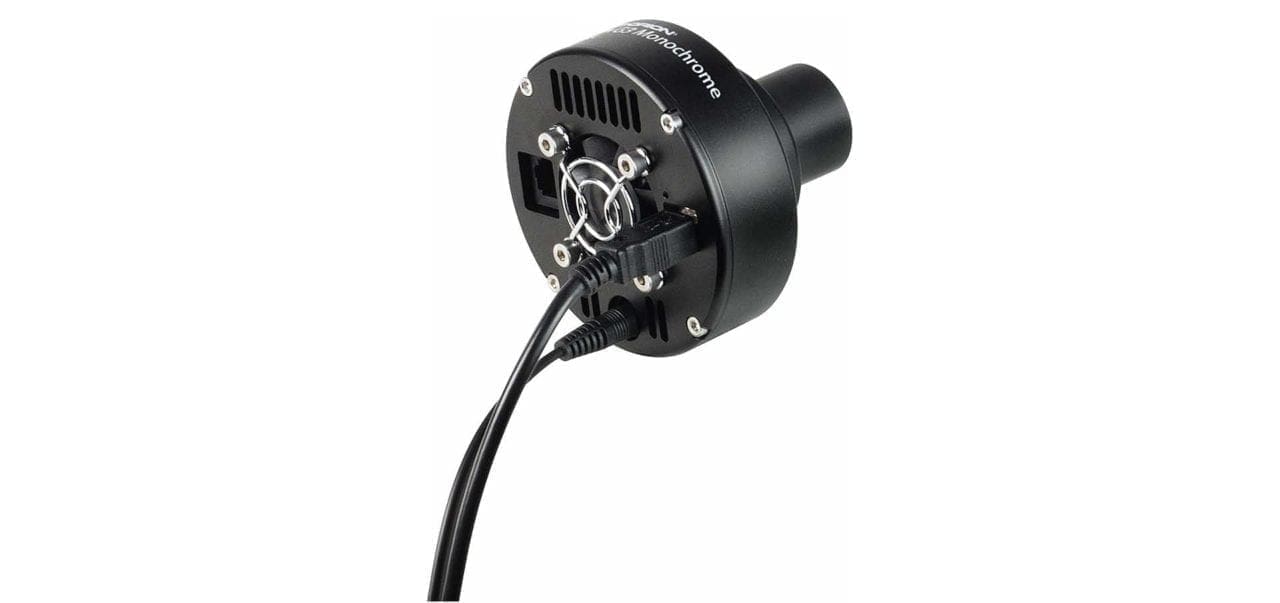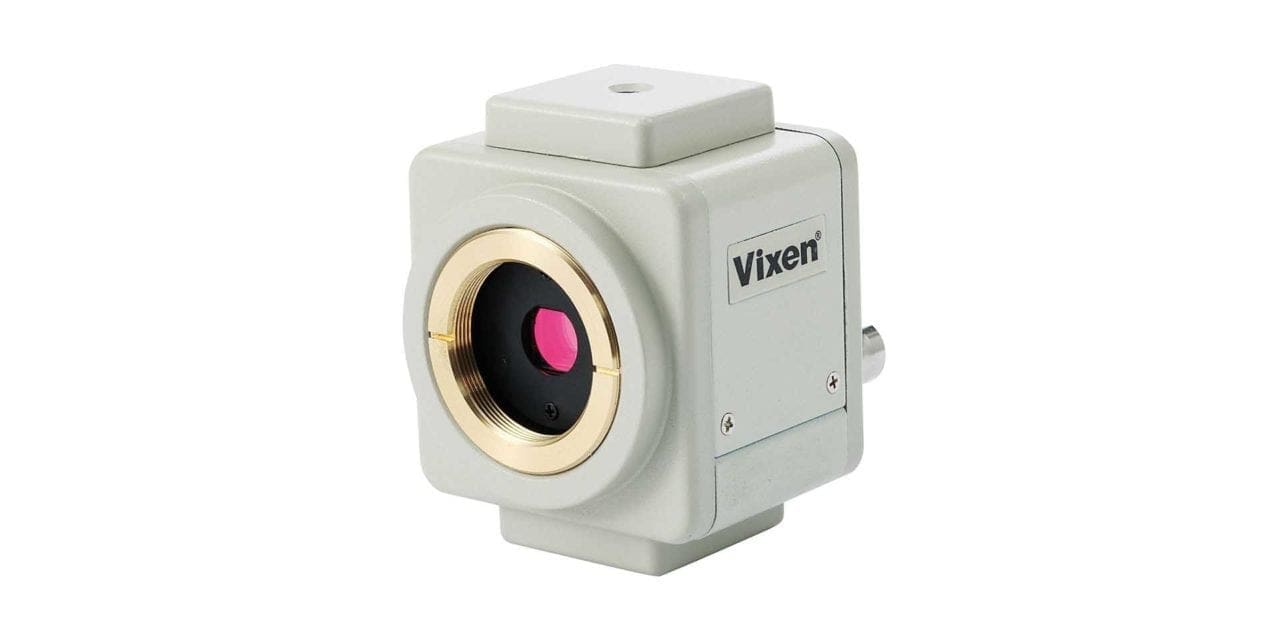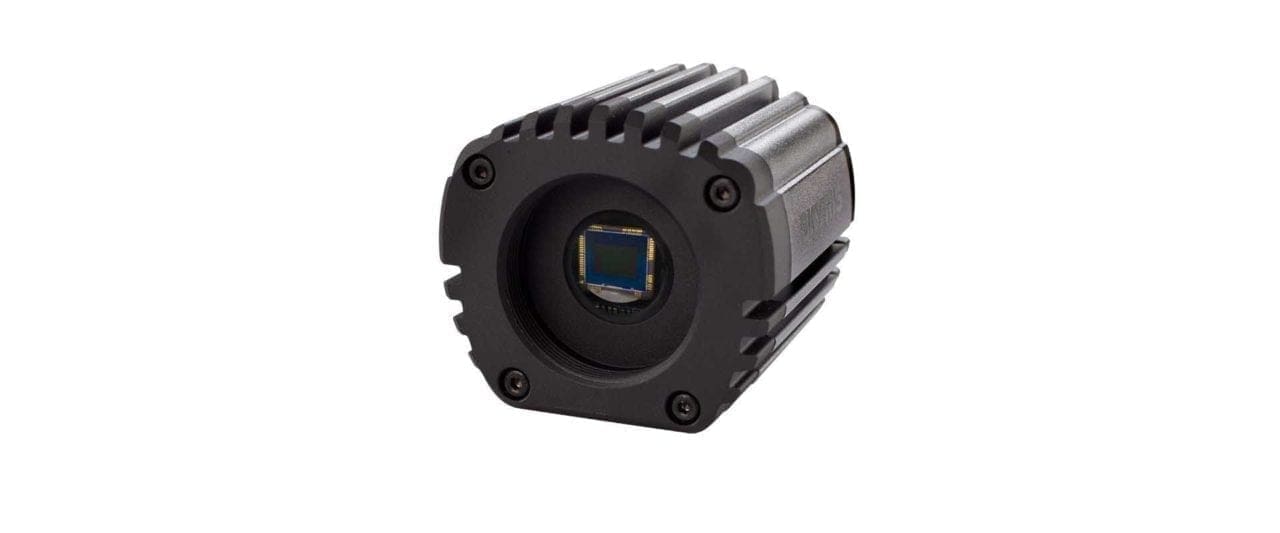Are you into astronomy? Is star gazing an activity that feeds your soul as well as your mind? Then you need the best camera for night photography. It’s difficult to choose the right device, though, but it’s doable and you’ve certainly come to the right place. We’ll start with a short buying guide, then discuss some awesome products to consider.
Features to consider
Among the factors that influence your choice, the main ones regard:
Image scale
The total arcseconds per pixel tell the image scale rendered by your camera. That means you’ll have to divide the pixel size by the focal length, and then multiply that result by 206, in case you don’t already have that info on the list of specs.
If the image scale is bigger than 2, your images will be less than qualitative, with stars having a square appearance instead of round.
If the result is less than 1, your camera is oversampling, which makes tracking particularly hard. This means the stars will appear too bloated, and you’ll need a focal reducer to fix this situation.
Field of view
The field of view is the actual scope of the camera or the amount of night sky you see through the lens. Some great products offer an increased field of view, but you can easily calculate that online using the size and the focal length.
There are also plenty of apps for this which help you choose a camera with the right FOV for your needs.
Read noise
When you’re taking photos of the night sky, there’s some added electronic noise which you need to minimize to make sure your image comes out clear and bright.
The best cameras on the market with small read noise are great for backgrounds with low or dark skies. So these devices have sensors that are very sensitive to light and that can deliver great-quality pictures even when it’s pitch dark.
Cooling
The thing is that a camera for astrophotography uses long exposure, which means a big degree of thermal noise. This is where cooling comes into play, so you need to select the right chip.
While older generation chips require more cooling, you should also use the right chip for your sensor. So even if you have a new generation chip that has a 25-degree cooling, you’ll only see results if you pair it with the right camera.
Quantum efficiency
The sensor of your camera converts light into electricity, turning photons into electrons so you can take photos. If it’s efficient in doing that, the rendered images will be very bright even if it’s very dark out.
So the best astro-cameras can even get an 80% efficiency, which is essential if you want to image further celestial bodies, like nebulae. So for such a long wavelength, you’ll probably need a device with a strong, EXview sensor.
Top products you can try
With that in mind, we’ll discuss three quality cameras that fit different purposes, so you can make an informed decision.

Orion StarShoot Imaging Camera
The Orion StarShoot Imaging Camera is a solid device that has a very low noise and an increased sensitivity. We love that you can take both tri-color and LRGB photos with it, so it’s perfect for narrowband images.
The chip is particularly sensitive so you can capture minute details of the celestial bodies you want on film. Besides, the CCD-sensor used is a nice addition, even though that’s not the norm for such inexpensive cameras.
Also, there’s the issue of a rather small field of view with CCD cameras, but this one offers quite a decent field of view. That means you can cover more sky in less time, and you can also apply tri-color imaging for that.
The thermoelectric cooling technology used is great for achieving a good reduction in thermal noise. Basically, the proper dark frame acquisition is increased and that’s what makes the image quality better, though that’s not something you normally find in this price range either.

Vixen Optics CCD Video Camera
This camera is amazing for auto-guiding, as well as imaging thanks to its fine tracking abilities. With the Vixen Optics CCD Video Camera, you can stack, filter and calibrate images to perfection. The auto-calibration feature is, in fact, outstanding, and that improves the tracking.
And don’t forget the Auto-tracking White Balance feature which means you’ll get true colors regardless of the background. So you can shoot even in the darkest conditions, with no trace of white in the environment, and you’ll still get the right colors.
The auto-white is used by this camera to adapt to any change in light, and the preset sharpness is great for rendering the crispest night images you can ever hope for. The image flip is something we’re completely in love with since it can actually correct your orientation.
With a precise digital zoom for enhanced details and the Black Light Compensation for extreme lighting, this is a very performant, versatile camera.
Buy the Vixen Optics CCD Video Camera

Celestron Skyris 236M CMOS
If you want a camera for planetary imaging, then the Celestron Skyris 236M CMOS is the right choice for that because it renders very bright, high-resolution images. The speed with which it can do that is also impressive, less than a second, thanks to its 2.8-micron sensor pixel.
We also love that it’s a lightweight device that can fit all telescopes, so it wins points when it comes to versatility. The Exmor CMOS is a quite sensitive sensor and it can actually work well even in very dark conditions.
This monochrome sensor takes the pictures, but the camera can easily upload them to your computer with an included imaging software. You can also filter the images by using this software and transfer all the data you want.
If you attach a filter to the Celestron Skyris, you can actually get colored images, which is amazing for rendering the awesome red of Mars or the eerie Saturn yellow.
Buy the Celestron Skyris 236M CMOS
What will you get?
With that in mind, we’re curious which sort of astro-camera you’ll get and why. Where will you go next for photographing the night sky? Leave us a comment below.
Jack is a true drone passionate and he focused his education on this amazing field. Thus, he graduated the Drone/UAV Pilot Training Certificate program and now he’s a member of the Association for Unmanned Vehicle Systems International. His main purpose right now is to find and develop new features and help others discover the wonderful experience of flying a drone. For this, he is the main editor and content creator at MyDroneLab Blog where you can find everything you want to know about drones.



